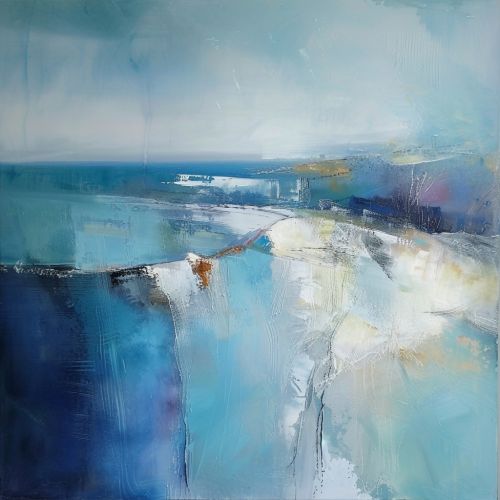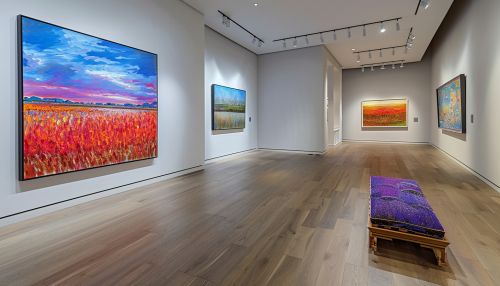Western art
Origins of Western Art
Western art, a term referring to the artistic expressions of the Western world, has its roots in the art of the Ancient Greeks and Romans. This period, known as Classical Antiquity, saw the development of a variety of artistic techniques and styles that would significantly influence the trajectory of Western art.
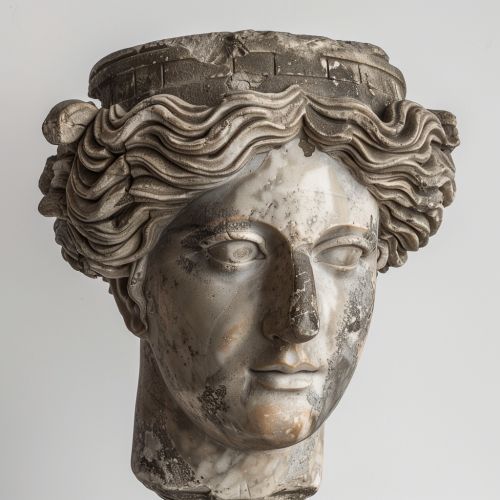
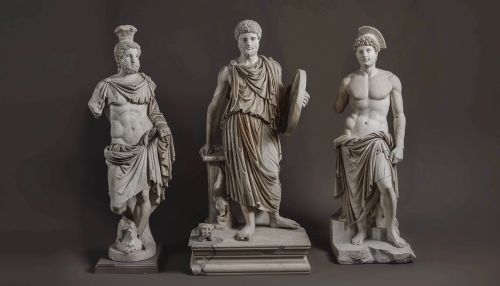
The Greeks and Romans placed a high value on the human form and its representation in art. They developed the techniques of sculpture, fresco painting, and mosaic work, which were later adopted and refined by subsequent Western civilizations.
Middle Ages
The fall of the Roman Empire marked the beginning of the Middle Ages, a period that saw a shift in artistic focus from the human form to religious themes. This was largely due to the rise of Christianity, which became the dominant religion in the West during this time.
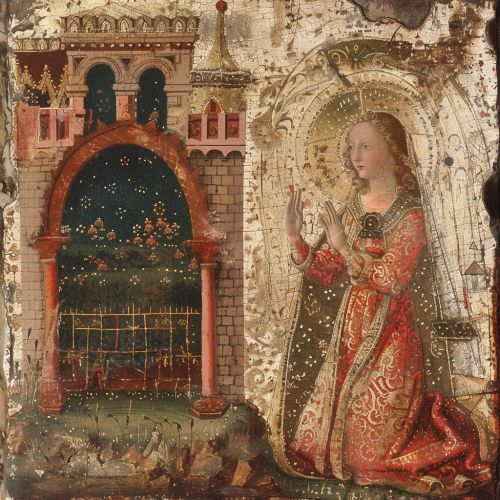
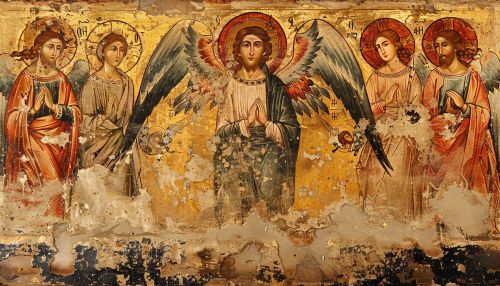
Artists in the Middle Ages created works that were primarily intended for religious worship or as a means of illustrating biblical stories to the largely illiterate population. This resulted in the creation of illuminated manuscripts, stained glass windows, and religious icons.
Renaissance
The Renaissance marked a significant turning point in the history of Western art. This period, which spanned the 14th to the 17th century, saw a return to the humanistic values and naturalistic styles of the Greeks and Romans.
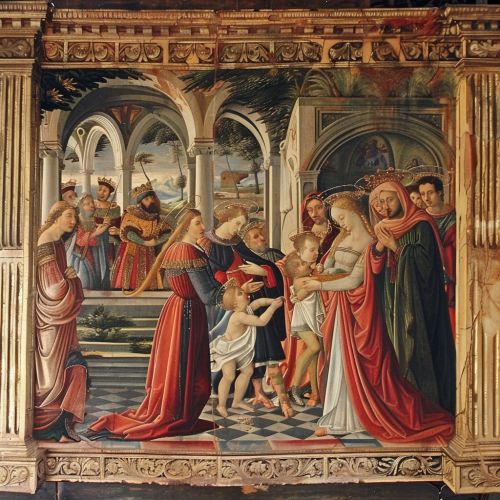
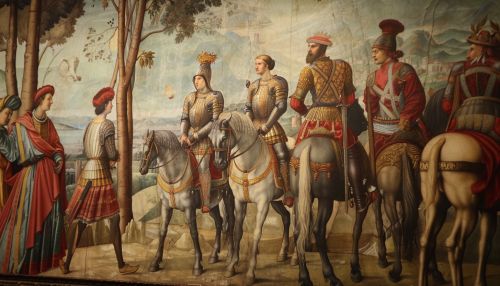
Artists such as Leonardo da Vinci, Michelangelo, and Raphael made significant contributions to Western art during this period, developing techniques such as linear perspective, chiaroscuro, and sfumato that are still used today.
Baroque and Rococo
The Baroque and Rococo periods followed the Renaissance, each with their distinct styles. Baroque art, characterized by its dramatic use of light and shadow, sought to evoke emotional responses from viewers. Rococo art, on the other hand, was lighter and more playful, often focusing on themes of love and frivolity.
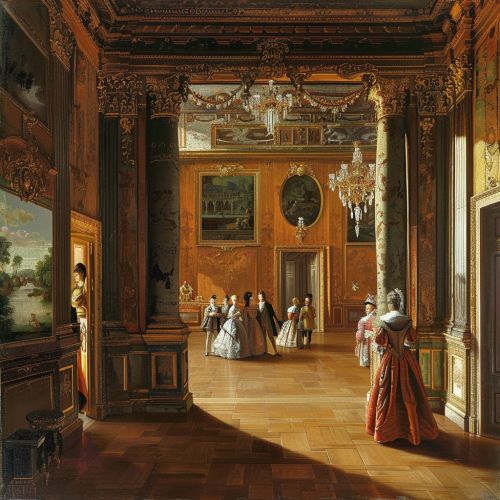
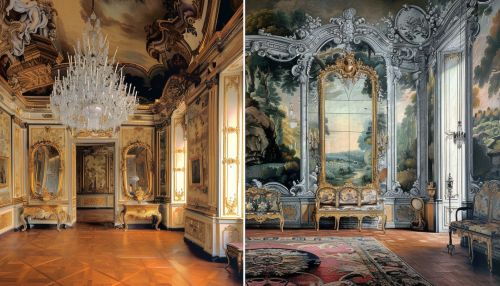
Neoclassicism, Romanticism, and Realism
The late 18th and 19th centuries saw the rise of Neoclassicism, Romanticism, and Realism. Neoclassical artists sought to return to the ideals of classical art, while Romantic artists emphasized emotion and individualism. Realists, on the other hand, sought to depict the world as it truly was, without idealization.
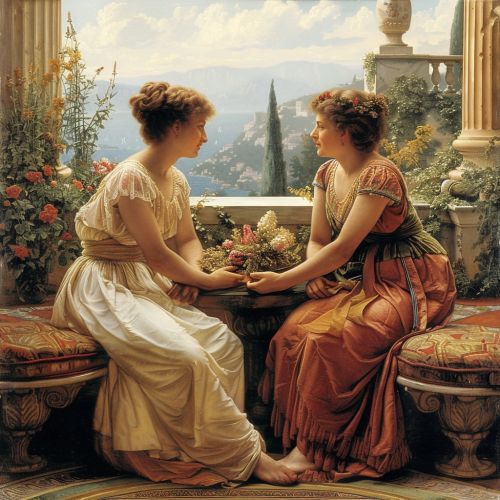
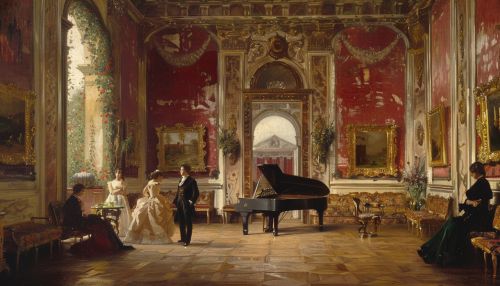
Modern and Contemporary Art
The 20th and 21st centuries have seen a plethora of artistic movements, from Impressionism to Postmodernism. These periods have been characterized by a move away from traditional artistic techniques and a greater emphasis on individual expression and conceptual ideas.
